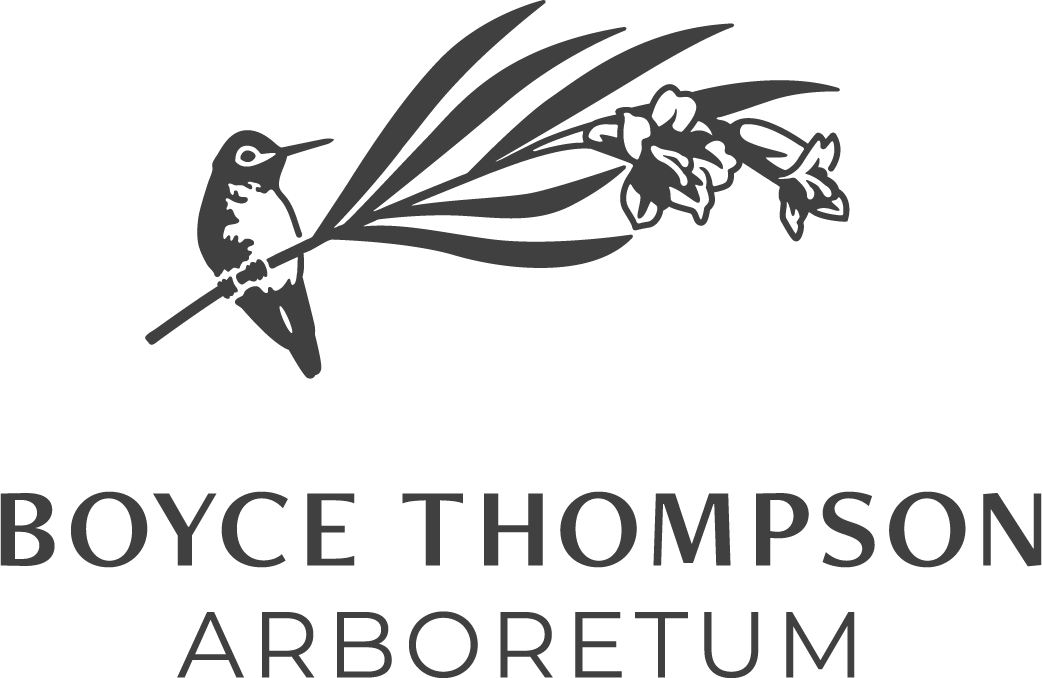Nocturnal Birds that Reside in the Arizona Desert

The Sonoran Desert of Arizona comes alive with a different kind of magic as the sun dips below the horizon. While the heat of the day subsides, a host of fascinating and elusive creatures takes over the night shift. Among these enchanting inhabitants are the nocturnal birds that have adapted to thrive in the desert’s unique conditions.
Here are some of the nocturnal bird species you might encounter in the Sonoran Desert:
- Common Poorwill
- Elf Owl
- Lesser Nighthawk
- Whiskered Screech Owl
- Mexican Whip-poor-will
Let’s dive into the captivating world of these birds and discover how they navigate, hunt, and survive in the moonlit desert landscape.
Common Poorwill (Phalaenoptilus nuttallii)
The Common Poorwill, a member of the nightjar family, is a master of stealth in the dark desert. It is a true expert in blending seamlessly into its surroundings. Its mottled gray and brown plumage serves as nature’s camouflage, allowing it to melt into the desert’s rocks and sandy terrain. This makes it a challenge to spot, even for seasoned birdwatchers.
When the moon graces the desert night sky, the Common Poorwill embarks on its nightly foraging escapades. Insects, moths, and other small invertebrates become its sustenance, collected in a skillful ballet of aerial acrobatics.
This bird is is often more heard than it is seen. As dusk settles, the distinctive “poor-will” call begins to echo, marking the start of its nocturnal activities.
Common Poorwill Call and Additional Facts
(tap the listen button to hear its call)

Elf Owl (Micrathene whitneyi)
The Elf Owl is one of the smallest owl species in the world, standing at merely 5 to 6 inches tall. Its petite size grants it the ability to navigate through tight spaces and dense foliage with grace, allowing it to access hidden nooks where larger birds can’t venture.
While the saguaro cacti stand tall as iconic symbols of the Sonoran Desert, the Elf Owl seeks refuge in their midst. These cacti provide essential shelter for the owls, who nest within the protective confines of cavities created by woodpeckers or other natural processes.
The Elf Owl finds its feast among the insects that emerge from their daytime hideouts. Beetles, moths, grasshoppers, and even scorpions are on the menu for this diminutive predator.
The Elf Owl call resembles soft whistles and gentle trills. It is the owl’s way of communicating within its realm.
Elf Owl Call and Additional Facts
(tap the listen button to hear its call)
Lesser Nighthawk (Chordeiles acutipennis)
The Lesser Nighthawk’s survival story is one of adaptation and finesse. It is equipped with large eyes for enhanced night vision and a unique wing shape optimized for agile flight.
The mesmerizing aerial displays of the Lesser Nighthawk prove it to be a true acrobat of the desert skies. It hunts insects in the moonlit hours by catching them mid-flight.
With the setting sun, the Lesser Nighthawk contributes its voice to the symphony of the desert’s twilight chorus. The Lesser Nighthawk call is a rhythmic “peent.”
Lesser Nighthawk Call and Additional Facts
(tap the listen button to hear its call)
Whiskered Screech Owl (Megascops trichopsis)
The Whiskered Screech Owl’s exceptional vision, along with its silent flight, transforms it into a stealthy and efficient predator under the desert’s starlit canopy.The Whiskered Screech Owl’s keen eyesight seeks out prey like beetles, moths, and small vertebrates.
The Whiskered Screech Owl is named after its uniquely feathered facial disc resembling wispy whiskers. It uses its distinct appearance and hooting calls to communicate in the darkness of the desert night.
Its distinctive vocalizations are characterized by soft whinnies and trills.
Whiskered Screech Owl Call and Additional Facts
(tap the listen button to hear its call)

Mexican Whip-poor-will (Antrostomus arizonae)
The Mexican Whip-poor-will is a nightjar species. Adapted to the rhythm of the night, Mexican Whip-poor-wills are skilled navigators of darkness. Their keen night vision and refined sense of hearing guide them through the moonlit landscape, helping them detect both prey and potential threats.
Insects, moths, and other invertebrates are the main course in its night time buffet. Its specialized adaptations, including its wide mouth and agile flight, enable it to capture its prey in mid-air.
Its name is an onomatopoeic representation of its call–a repetitive “whip-poor-will” sound. This call plays a role in its territory defense, courtship, and communication amidst the nocturnal backdrop.
Mexican Whip-poor-will Call and Additional Facts
(tap the listen button to hear its call)
The Sonoran Desert, a seemingly quiet expanse during the day, reveals its hidden treasures as the stars emerge. The nocturnal birds of Arizona embody the magic of the night, showcasing adaptations that allow them to thrive in this unique desert ecosystem.
From the mysterious calls of the Common Poorwill to the aerial displays of the Lesser Nighthawk, these birds offer a glimpse into a world that comes to life when the sun sets. So, next time you find yourself in the Sonoran Desert after dark, keep your ears tuned and your eyes peeled for the captivating creatures that make the night their domain.
Boyce Thompson Arboretum is named the “most enchanting” Audubon Important Bird Area in Arizona. It provides important habitats and resources throughout the year to many birds. Learn more about birding at Boyce Thompson Arboretum.
